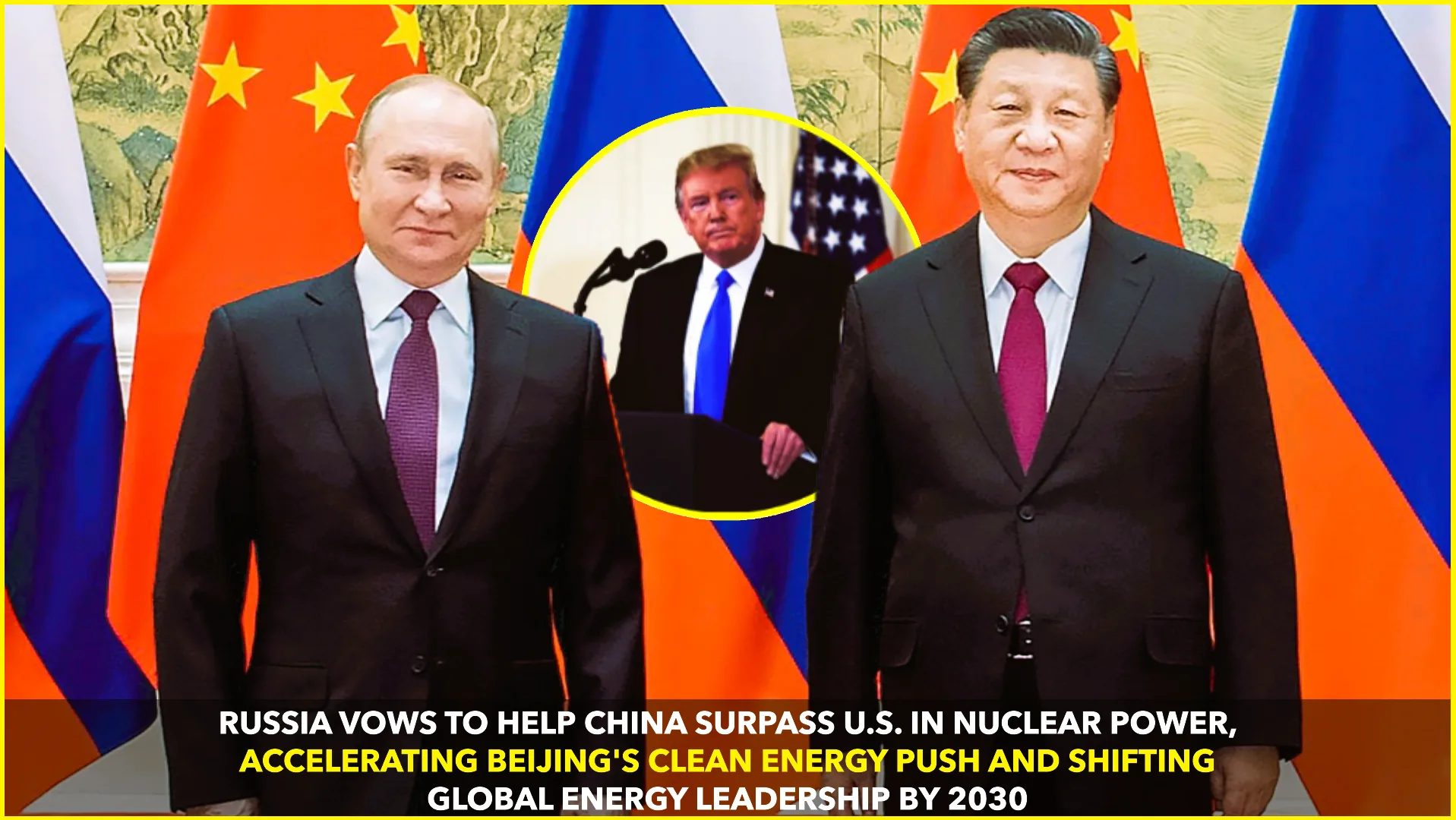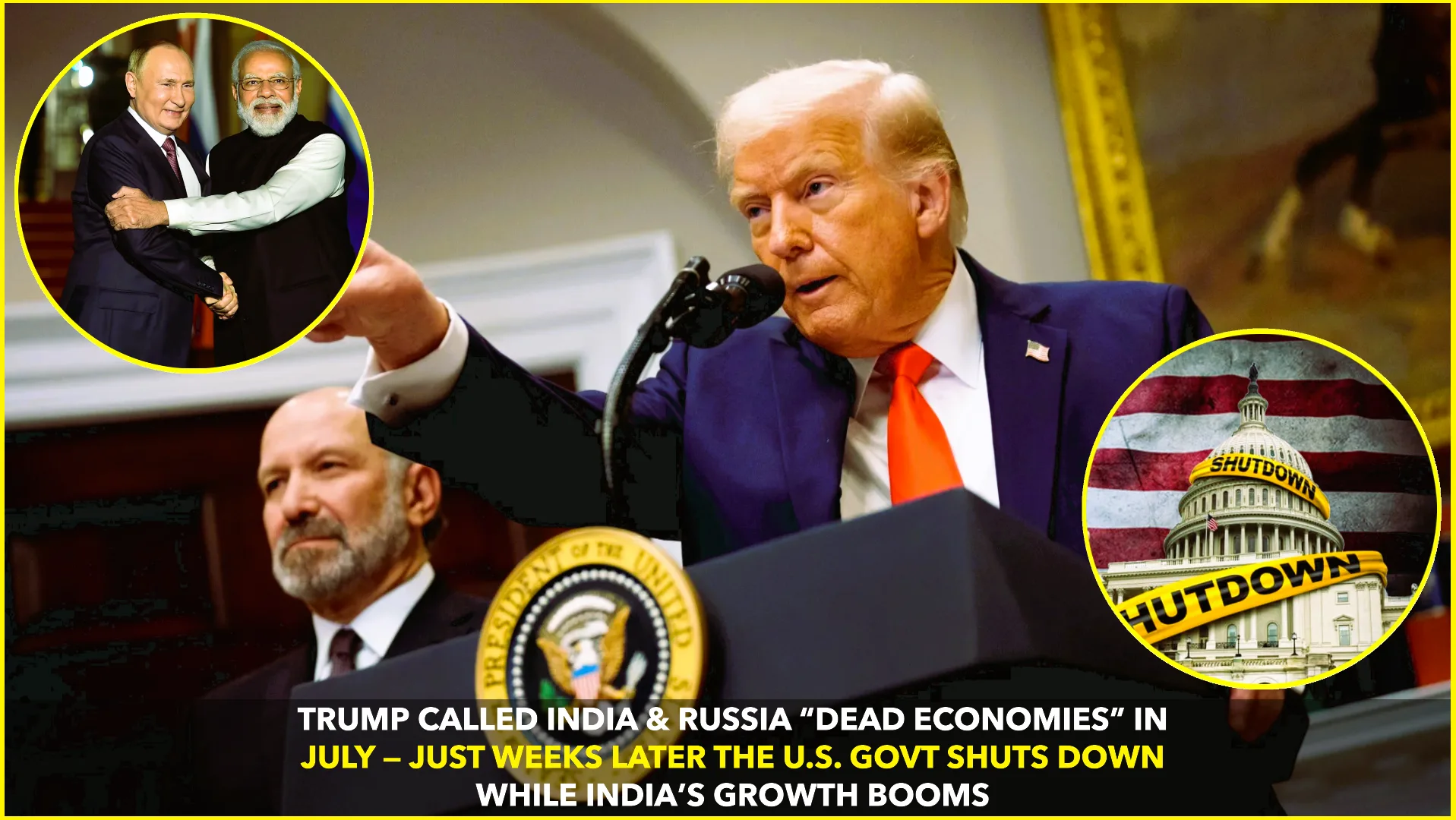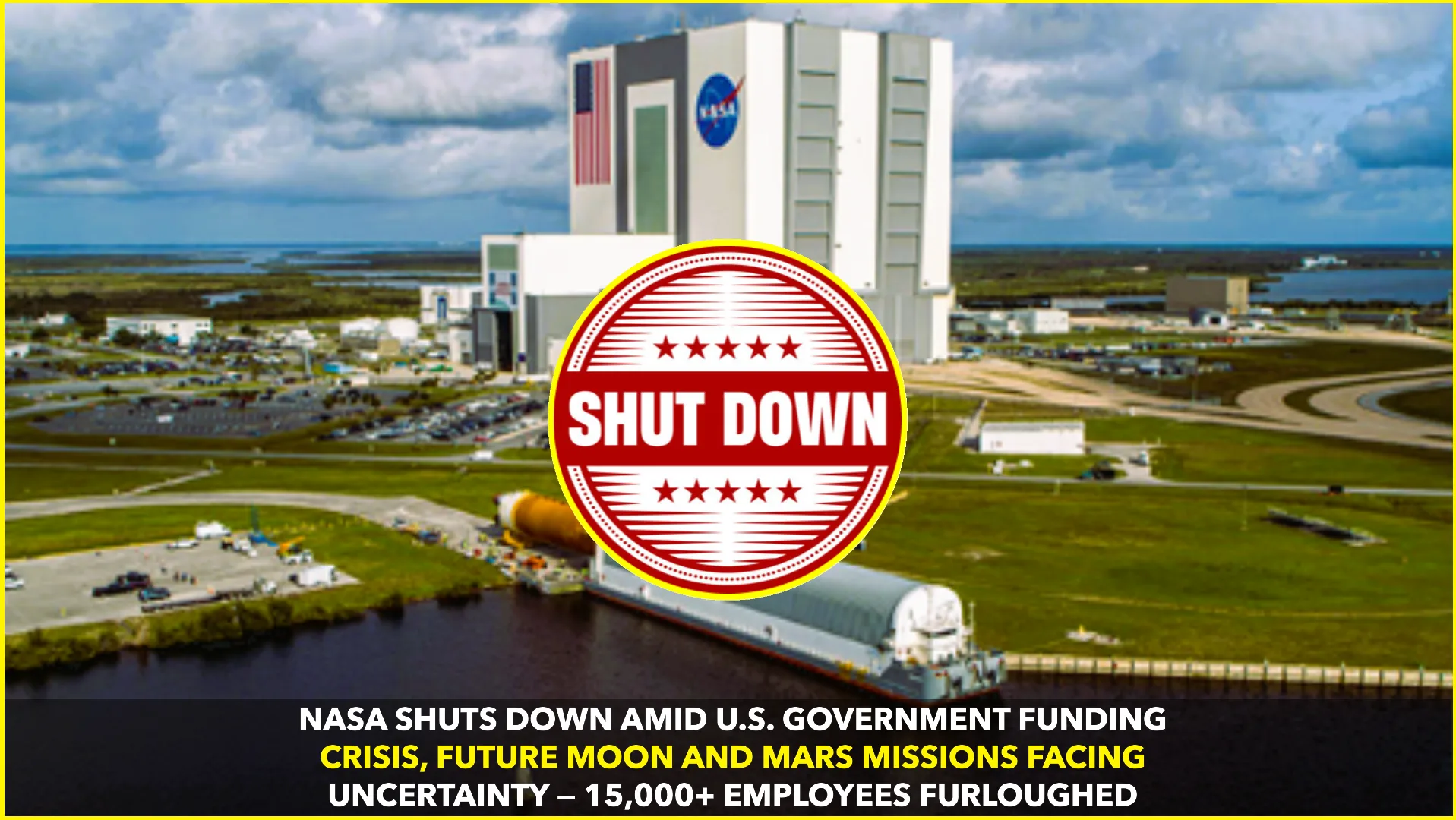In a major announcement following high-level talks in Beijing, Alexei Likhachev, CEO of Russia’s state nuclear firm Rosatom, declared that Russia will actively assist China in overtaking the United States as the world’s top producer of nuclear energy. Speaking on state television, he confirmed that China aims to reach more than 100 gigawatts (GW) of installed nuclear capacity — a threshold that would eclipse the U.S.’s current ~97 GW from 94 reactors Reuters+1.
Rapid Expansion: China vs. U.S.
As of late 2024 or early 2025, China operated about 58 reactors producing around 60 GW, while the U.S. still led globally with nearly 97 GW. In April 2025 alone, China approved ten new reactors, pushing its nuclear power under construction to over 30 GW. Experts anticipate that China could surpass the U.S. before 2030, given its aggressive build-out rate and governmental targets World Nuclear Association+2Wikipedia+2.
Russia’s Role: Construction, Fuel & Technology
Likhachev emphasized that “Of course. We will help. We are already helping,” indicating Rosatom’s ongoing involvement in China’s nuclear expansion. To date, Russia has built four nuclear reactors in China and is currently constructing four more. In addition to physical reactor builds, Russia plans to supply China with uranium, nuclear fuel, and advanced closed-fuel-cycle reactor technologies drawn from Russian designs Reuters+1.
These closed-fuel-cycle systems allow spent fuel to be reprocessed and reused—a next-generation approach that improves efficiency and reduces waste. This collaboration builds on many decades of Sino-Russian nuclear cooperation, including fast-neutron reactor projects and long-term fuel supply deals Reuters+1.
Why It Matters: Clean Energy & Geo-Strategic Gains
China’s surge in nuclear capacity aligns with its broader energy goals: meeting skyrocketing electricity demand driven by AI systems, electric vehicles, and urban growth, while cutting reliance on coal The Daily Signal+1. Nuclear energy offers carbon-free baseload power, making it a key pillar of Beijing’s emissions-reduction strategy.
For Russia, deepening nuclear exports offers a path to significant revenue and geopolitical influence—even amid Western sanctions. As the world’s largest uranium enrichment company, Rosatom controls roughly 44 % of global enrichment capacity, and continues to supply uranium to many countries—though U.S. purchases may require special licensing waivers due to political constraints Reuters.
U.S. Response: Ambitious Plans, But Lagging Builds
The U.S. currently has a higher installed nuclear capacity, but recent reactor deployment has slowed. Washington has set bold long-term goals—for instance, targeting 300 GW by 2050, which would triple current levels. However, critics argue that regulatory delays and limited new construction may leave U.S. targets unmet, especially as China marches ahead Wilson Center+1.
Broader Global Implications
China and Russia are forging long-term energy ties through joint nuclear builds, uranium deals, and fuel-cycle sharing. This deep partnership could yield dependencies across countries relying on their nuclear infrastructure and fuel supply—raising strategic and security considerations for Western powers.
In contrast, U.S. nuclear influence is creeping outward through alliances with South Korea, France, and others. Analysts argue that America must streamline regulation, invest in reactor technologies like advanced small modular reactors (SMRs), and boost exports to maintain competitiveness in the growing global nuclear market Wilson Center+1.
Forecast: Who Will Lead by 2030?
If current trends continue, China may well surpass the U.S. in nuclear capacity by 2030, thanks to:
- Yearly additions of 30+ GW under construction.
- Ambitious targets to exceed 100 GW.
- Broad support from Rosatom in reactors and fuel-cycle tech.
Meanwhile, U.S. growth could lag if permitting processes remain slow and new nuclear projects struggle to come online. The outcome will shape not just energy markets, but also global influence in nuclear diplomacy and clean energy leadership.
In summary, Rosatom’s pledge to support China’s nuclear goals—through reactor construction, uranium supply, and advanced fuel-cycle systems—marks a decisive acceleration in China’s pursuit of nuclear leadership. If China hits its targets and major projects continue apace, it may overtake the U.S. in nuclear capacity by 2030. That would represent a turning point in the global energy landscape and long-term strategic balance in civil nuclear power.










